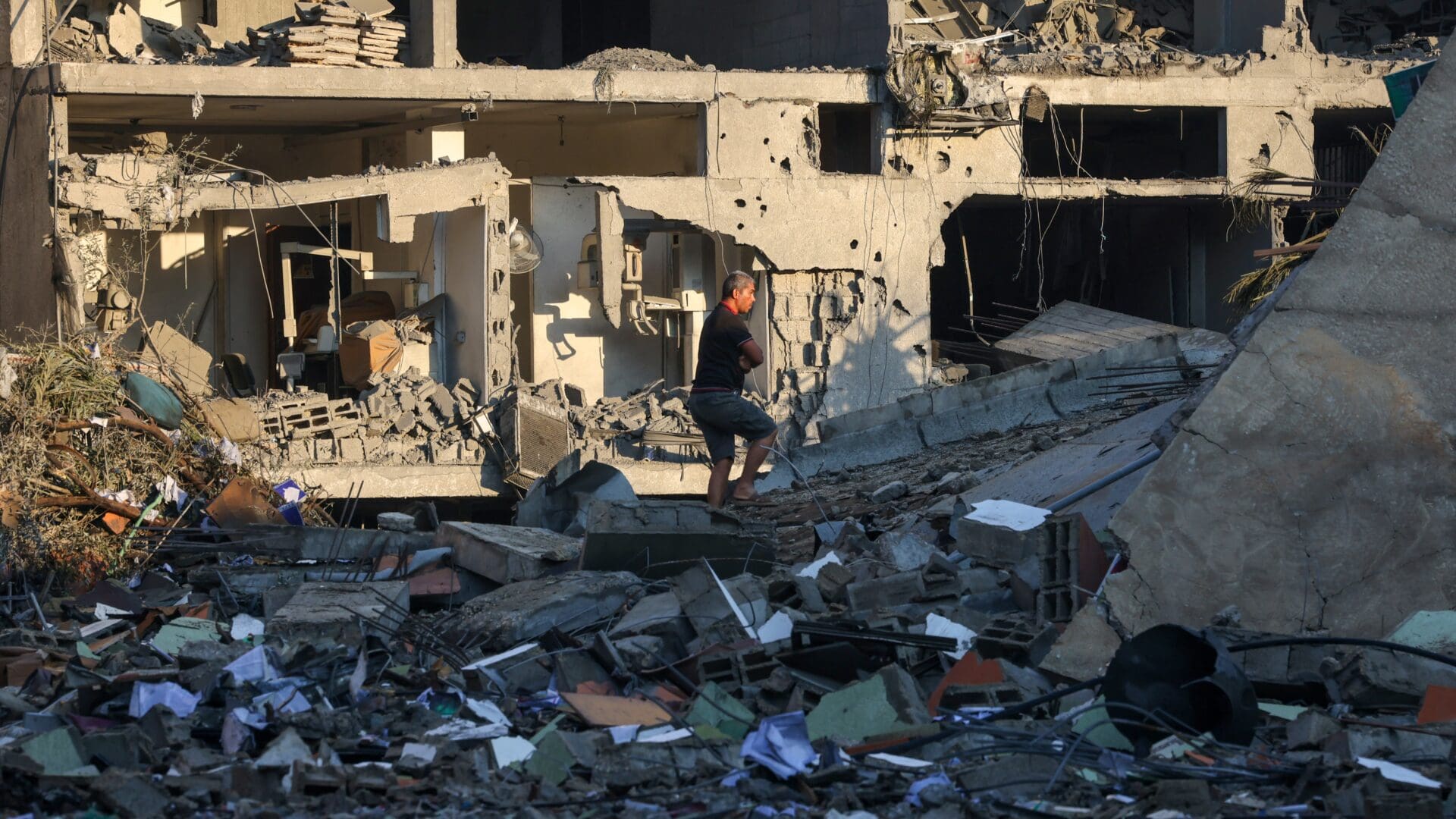The Be’eri kibbutz announced that Ilan Weisz, a Hungarian citizen and father of three who had been registered as missing since 7 October, was killed on the same day by terrorists who had overrun the settlement. The 56-year-old man was possibly held hostage for nearly three months, as authorities did not discover his body for an extended period of time. His family had not seen him since the morning of that fatal day when he was called to duty as a member of the kibbutz’s emergency unit during the terrorist attack.
However,
the leadership of the settlement has now declared that he was killed on the day of the attack.
His wife, Shiri, and youngest daughter, Noga, were also abducted by Hamas militants on that same day. They were released from Gaza after 50 days of captivity as part of the hostage negotiation between Hamas and the Israeli government. According to information from Ilan’s brother,
the family had vacationed in Hungary in August, just a few weeks before the fatal terrorist attack and kidnapping.
On 7 October, Amir Weisz, also of Hungarian origin (though not a citizen), was similarly killed by jihadists along with his wife while hiding in the secure room of their home.
In the aftermath of the 7 October attacks, Be’eri, originally established as a refuge for Jews, experienced harrowing atrocities that have left an indelible mark on the nation. Approximately 1,200 people lost their lives as Hamas and its allies surged across the border, prompting an Israeli campaign in Gaza that resulted in the deaths of around 20,000 people.
The toll on Be’eri was particularly severe, with the loss of at least 97 civilians constituting nearly one-tenth of the community’s population. Be’eri, located just east of Gaza, is comparable in size to Greenwich Village in New York City. The assailants, predominantly Hamas gunmen and their allies, targeted the western parts of the village, closest to Gaza, engaging in a systematic ransacking of homes. This involved setting fire to numerous residences, killing many occupants, and abducting others.
Eli Kowaz on Twitter: “Shmulik and Yehudit Weiss were both murdered by Hamas terrorists.Watch their son, Daniel Weiss, perform in front of the ruins of their home in Kibbutz Be’eri 💔The song: מוכרחים להמשיך לנגן(We must keep playing) pic.twitter.com/T4zmOwLCef / Twitter”
Shmulik and Yehudit Weiss were both murdered by Hamas terrorists.Watch their son, Daniel Weiss, perform in front of the ruins of their home in Kibbutz Be’eri 💔The song: מוכרחים להמשיך לנגן(We must keep playing) pic.twitter.com/T4zmOwLCef
The central part of the village witnessed a massacre as gunmen targeted people seeking refuge in a besieged health clinic. On the eastern flank of Be’eri, another group of attackers took 14 hostages inside a looted home, using them as human shields during a standoff with Israeli forces. Some of the hostages lost their lives in the ensuing crossfire, exacerbated by a delayed and chaotic military response.
Tragedy unfolded in various locations—residents were shot in their bedrooms, on sidewalks, and under trees, resembling lifeless rag dolls in chaotic piles. Some individuals were trapped in burning buildings. Their bodies were later discovered charred beyond recognition. The victims spanned a wide age range, with the oldest being 88 and the youngest less than a year old.
The events in Be’eri on that fateful day stand as a defining trauma, underscoring the profound impact of the 7 October attacks on a community that was originally conceived as a sanctuary for Jews.
Related articles:
Source: Hungarian Conservative/Times of Israel/New York Times







